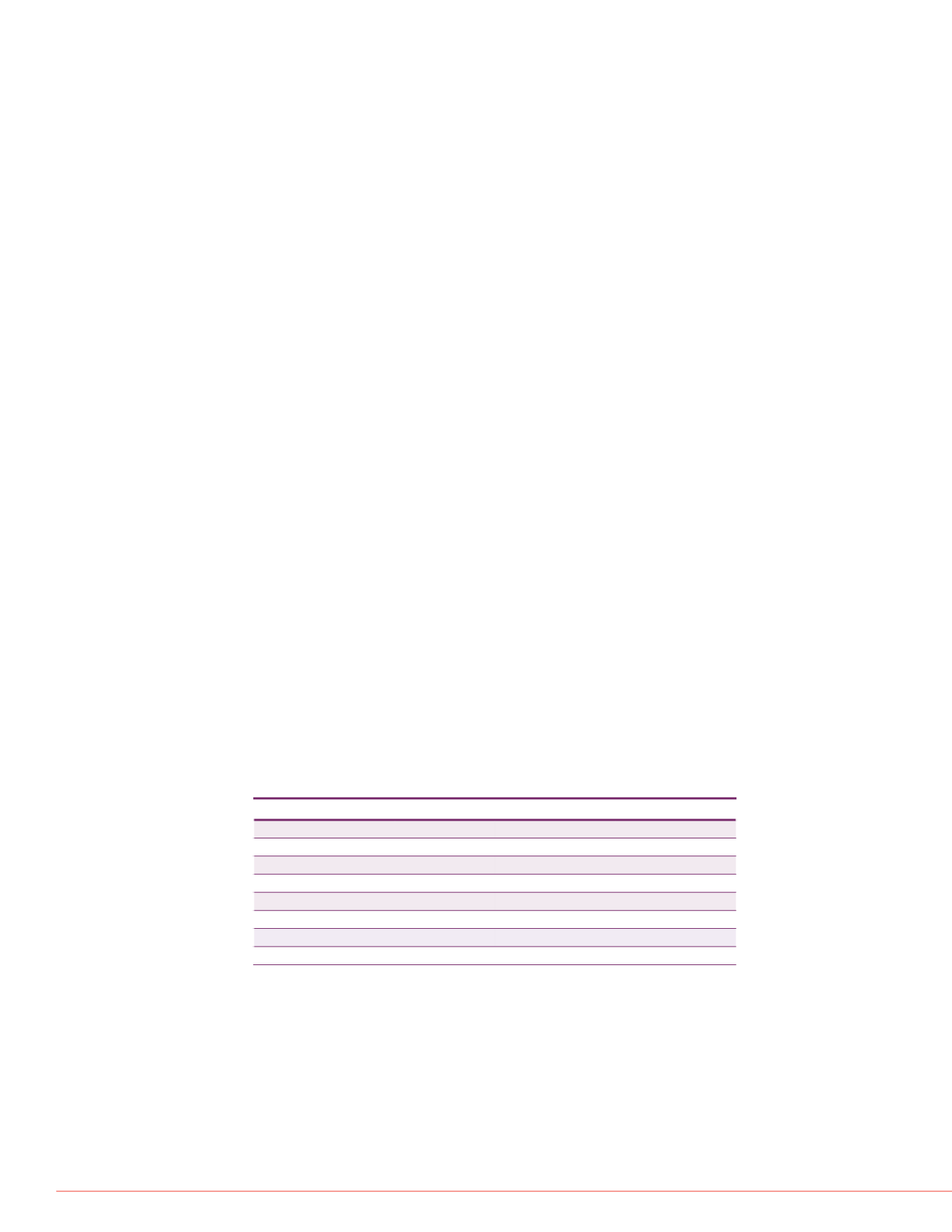
2
Disulfide Bond Analysis on Orbitrap Mass Spectrometry
Overview
Purpose:
To develop a disulfide bond analysis method on Orbitrap Elite.
Methods:
The non-reduced peptide samples were analyzed on LC-MS/MS tandem
system, using a data dependent top 12 method.
Results:
We have found 15 disulfide bonds in our mAb digested samples, all with
MS/MS fragment information.
Introduction
Disulfide bonds are one of the most important post-translational modifications of
proteins. They are stabilizing the protein’s 3D structure and are crucial for their
biological function. For biopharmaceutical industry, disulfide bond match and mismatch
are highly concerned.
Monoclonal antibodies (mAbs) are one of the fastest growing classes of
pharmaceutical products. They play a major role in the treatment of a variety of
conditions such as cancer, infectious diseases, allergies, inflammation, and auto-
immune diseases. Because mAbs can exhibit significant heterogeneity, extensive
analytical characterization is required to obtain approval for a new mAb as a
therapeutic product. Mass spectrometry has become an essential tool in the
characterization of mAbs.
In this study, the Thermo Scientific™
Orbitrap
Elite™ Hybrid Ion Trap
-Orbitrap Mass
Spectrometer, was evaluated for disulfide bond studies. We analyzed the disulfide
bonds in Rituximab, which is known under the trade names Rituxan® (Biogen
Idec/Genentech) in the United States and MabThera® (Roche) in Europe, is a
recombinantly produced, monoclonal chimeric antibody against the protein CD20. It
was one of the first new generation drugs in cancer immune therapy. Rituximab was
approved by the U.S. Food and Drug Administration in 1997 and by the European
Commission in 1998 for cancer therapy of malignant lymphomas. The variable domain
of the antibody targets the cell surface molecule CD20, that can be found in some non-
Hodgkin lymphomas. In this study we found 15 of the total 16 disulfide bonds in
Rituximab. The Orbitrap Elite MS is well suited for disulfide bond analysis, produces
reproducible and high confident mass information for disulfide bond analysis.
Methods
Sample Preparation
The Rituximab sample was aliquoted and digested in two different ways; one half was
digested by trypsin without reduction and the other half was digested by chymotrypsin
and trypsin together, without reduction.
Liquid Chromatography
The peptide samples were separated on a Thermo Scientific™
Accela HPLC system
and the gradient is described in the following table(A: 0.1% formic acid in water,B:
0.1% formic acid in acetonitrile).
FIGURE 1. Amino acid sequ
Rituximab. The disulfide bo
between light chain and he
different heavy chains) and
underlined and bolded) are
Results
Overview
Rituximab is a recombinantly
protein CD20, which has 16 di
and disulfide bonds distributio
TABLE 1. LC gradient used for experiments.
Time
A%
B%
μ
l/min
0
95
5
300
3
95
5
300
45
78
22
300
53
70
30
300
58
10
90
300
63
10
90
300
64
95
5
300
70
95
5
300
Mass Spectrometry
Source settings: Spray voltage of 3800 V and capillary temperature of 275 °C.
Full MS settings: Resolution=60,000; Maximum IT=200 ms; scan range: 300 to 2000 m/z;
dd-MS² settings: Activation type: CID; Isolation width: 2.00; TopN=12; NCE= 35.0
Data Analysis
The data was analyzed by StavroX
TM
software (Michael Goetze University of Halle-
wittenberg).
Heavy Chain, length 451 aa
1
QVQLQQPGAE LVKPGASVKM SCK
51
IYPGNGDTSY NQKFKGKATL TADKS
101
YYGGDWYFNV WGAGTTVTVS A
151
KDYFPEPVTV SWNSGALTSG VHT
201
TYICNVNHKP SNTKVDKKAE PKSC
251
PKDTLMISRT PEVTCVVVDV SHE
301
N
STYRVVSVL TVLHQDWLNG KEY
351
QVYTLPPSRD ELTKNQVSLT CLVK
401
VLDSDGSFFL YSKLTVDKSR WQQ
Light Chain, length 213 aa
1
QIVLSQSPAI LSASPGEKVT MTCRAS
51
SNLASGVPVR FSGSGSGTSY SLTISR
101
TKLEIKRTVA APSVFIFPPS DEQLK
151
NALQSGNSQE SVTEQDSKDS TYS
201
SSPVTKSFNR GEC
FIGURE 2 shows the chroma
trypsin double digested samp
trypsin-only digested and chy
software Proteome Discovere
nearly 100%, suggested the
RT:
0.00 -70.00
0
5
10
15
20
0
10
20
30
40
50
60
70
80
90
100
RelativeAbundance
1.45
21.94
15.14
10.12
1.63
13.92
20.63
11.16
9.71
24
20.26
3.13 3.93
15.33
8.05
5.50
RT:
0.0 -70.00
0
5
10
15
20
0
10
20
30
40
50
60
70
80
90
100
RelativeAbundance
16.53
22.27
14.23
21.52
2
8.50 10.39
18.33
3.06 5.05
7.11
FIGURE 2. the chromatogra


